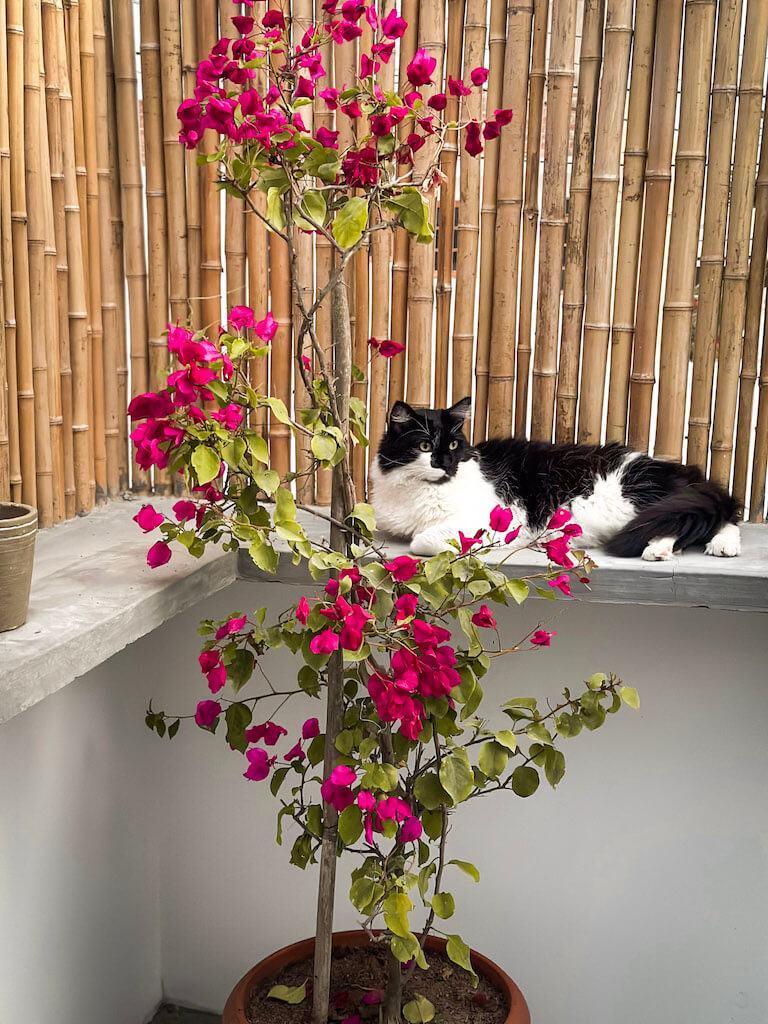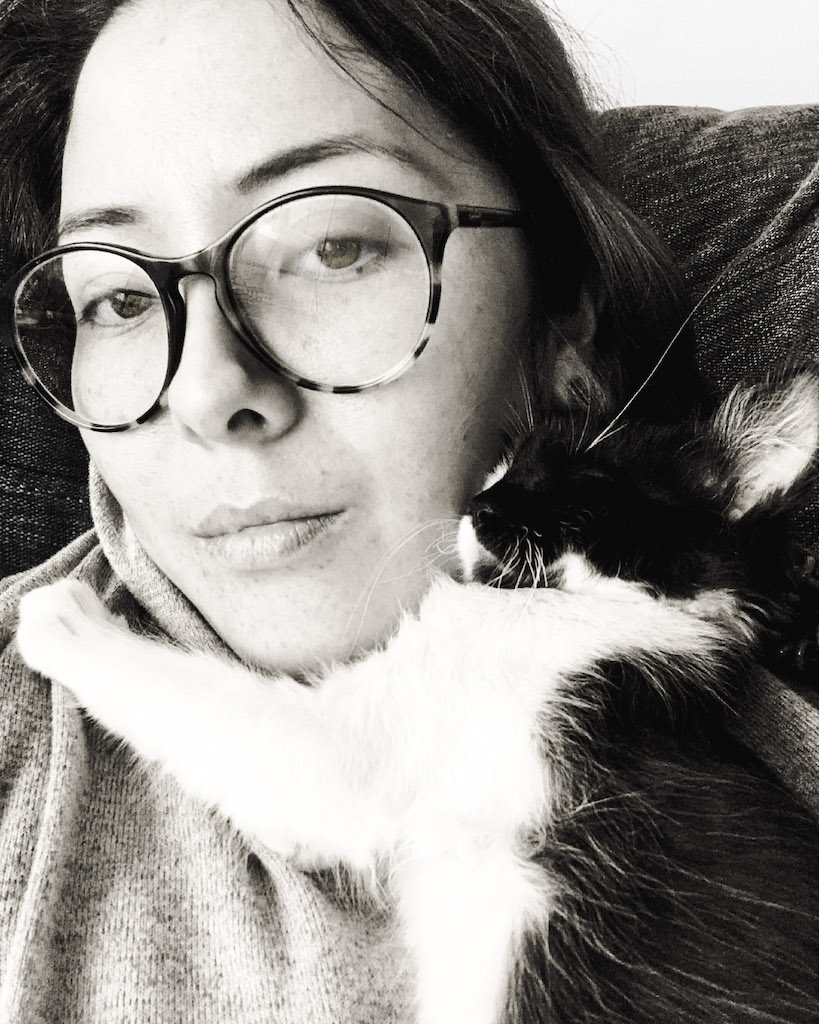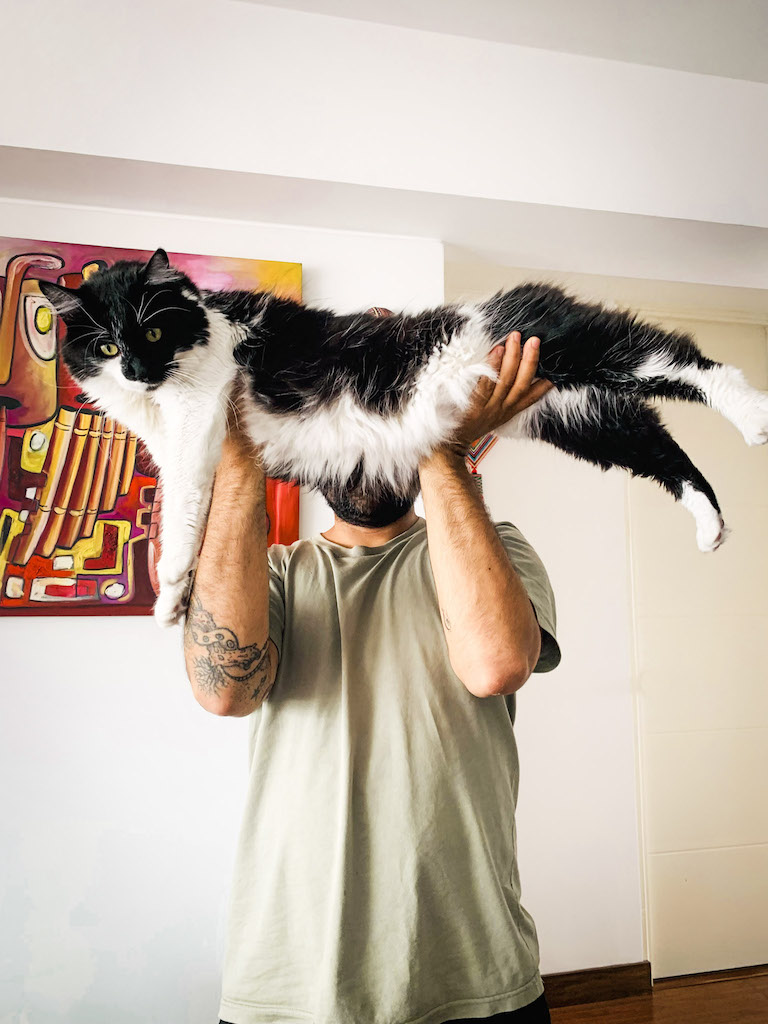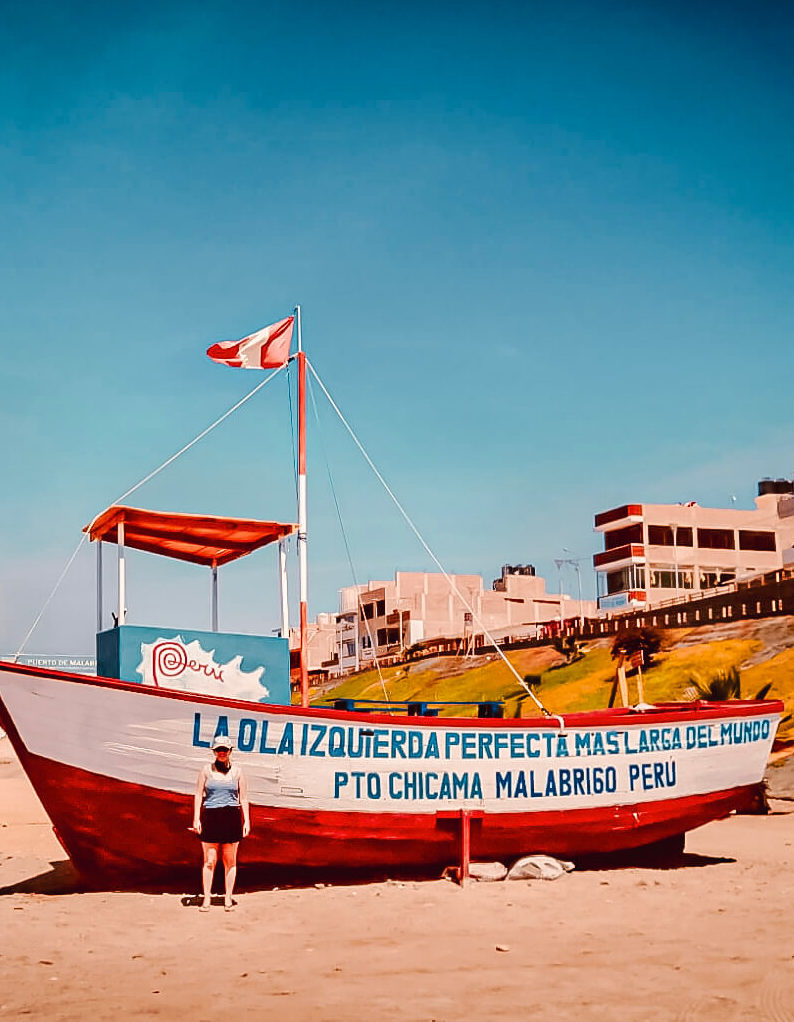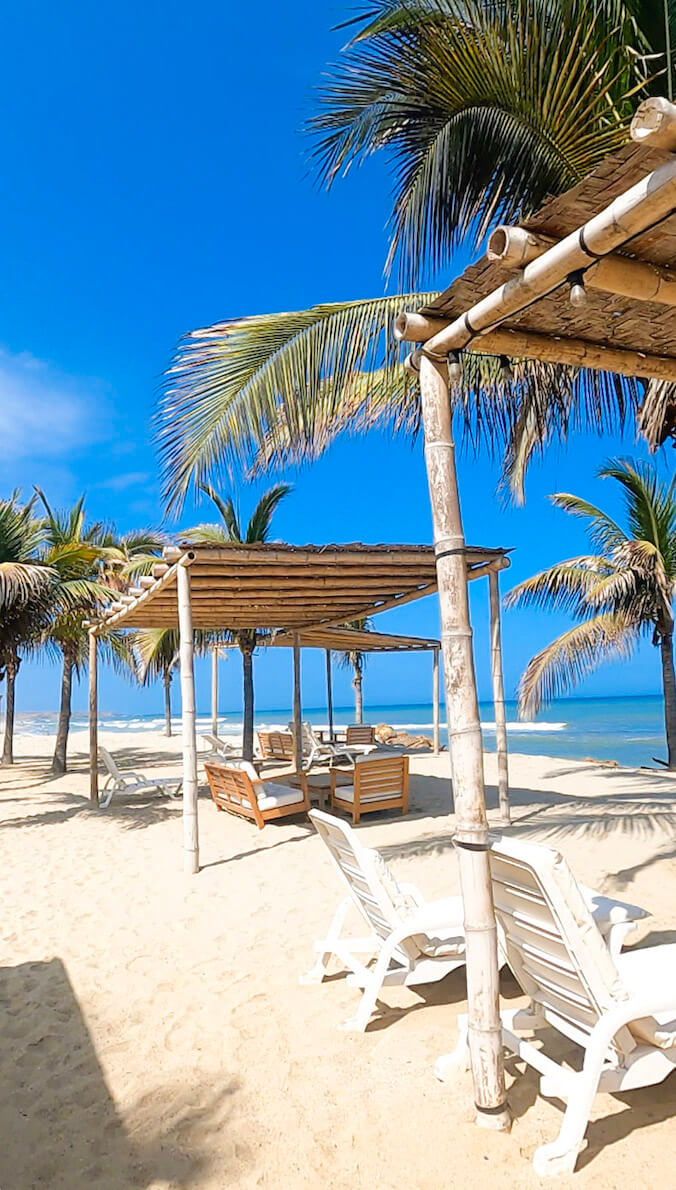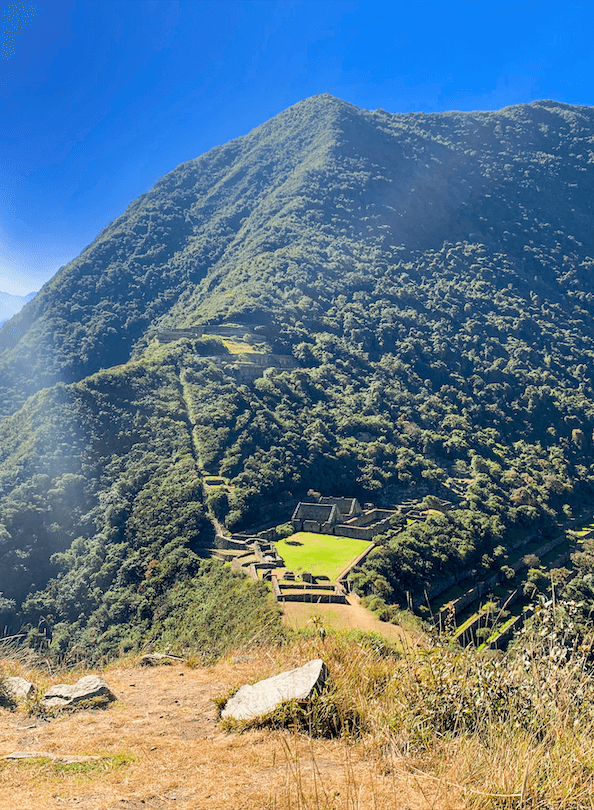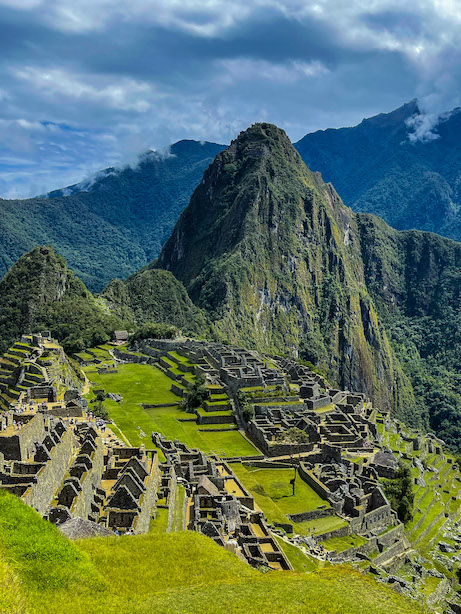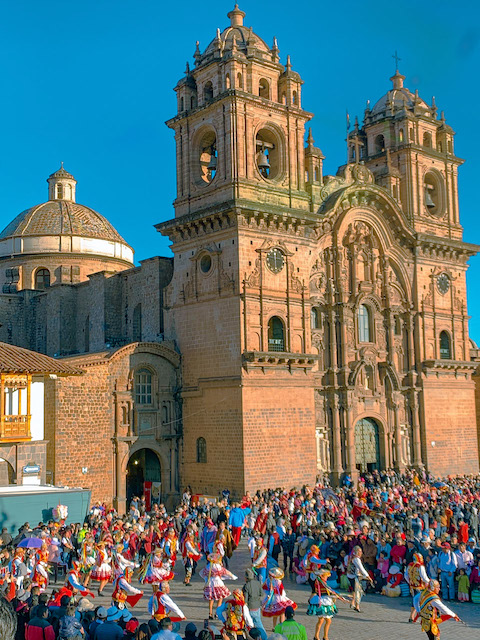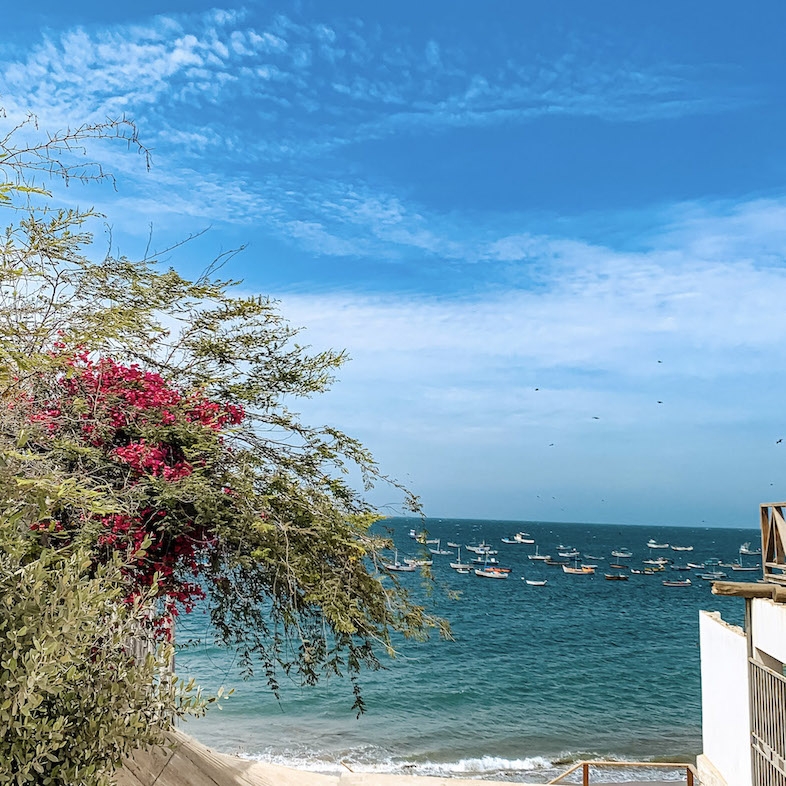HIRING A PET TRAVEL AGENCY
I was moving out from Peru to USA at the end of March 2023 and since I had such a short time to do it (yep I had to leave the country in only 2 weeks), I thought hiring a Pet Travel Agency was the most convenient thing to do. So, I found an organization when I was internet digging, The International Pet and Animal Association (IPATA) with shipper members worldwide that follow ethical guidelines. I found a few companies and when I got an estimate I was surprised because they were very expensive. Finally, I found a company Pet Wings, that charged me $120 for making the papers. It was reasonable to me. Traveling abroad with a cat is much simpler than a dog, especially if you are going to USA because they only ask for general health and vaccination certificates. If you want to know all the requirements to travel with a cat to USA, check this full guide. What does a Pet Travel Agency include? Otto trying carriers A first visit to the company to check my cat’s size. According to this, I received the dimensions of the carrier that I had to buy. The cat needs to have at least 5 cm/ 1.96 inches between his head and the carrier. Also, your pet needs enough space to be able to turn around inside. Airplanes are very specific on this item. Since I did a transit in Colombia and their authorities asked for a Sanitary Health Certificate, the company brought my cat for inspection by the Sanitary National Service in Peru (SENASA). A deworming for my cat. United States doesn’t ask for this document, but the travel pet agency recommends doing it anyways. The translation of documents in English. It is really necessary to hire a pet travel agency? Indeed, you can do the whole process by yourself. It is not hard at all but you will need time to do it. First, you will have to check the regulations of your destination and the country of the stopover (if applicable). Then, you will have to contact the airline for knowing the guidelines of the carrier. Then you will bring your cat to the veterinarian for deworming and inspection to get a general health certificate. If you are making a stopover in Panama, Chile and Colombia you will also need to bring your cat to the sanitary authority. Finally, you have to gather all the documents and check if you will need a translation if it’s in a different language from your destination. When you hire a pet travel agency, you just get a file with everything ready. So, it is really necessary to hire a Pet Travel Agency? It depends if you have time or not. In my very unusual case, I had to move out of the country in 2 weeks, so I didn’t have time at all. If you ask me if I will hire again a Pet Travel Agency next time, I will tell you if I will have regular timings I will definitely do it by myself. Feel free guys to let me know if you choose to hire an agency or not! I really want to know!
HIRING A PET TRAVEL AGENCY Read More »

